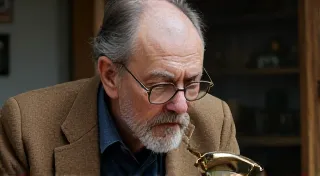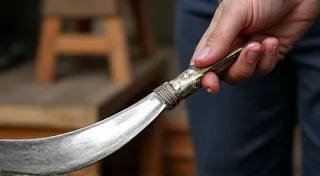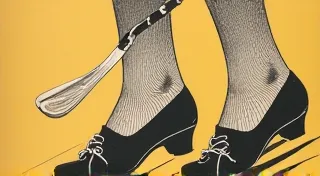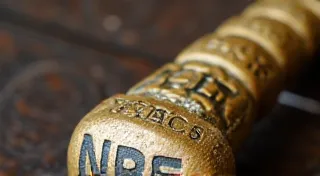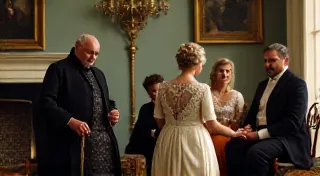Shoehorns as Gifts: A Victorian Tradition
The world of collecting vintage accessories is rich with fascinating stories, and few objects hold as much silent eloquence as a vintage shoehorn. They are small, often overlooked, yet they whisper of a bygone era – a time of meticulous preparation, quiet elegance, and the thoughtful exchange of meaningful gifts. While we now often slip on shoes with ease, envision a world where elaborate dresses with intricate button closures demanded assistance. This is the world that gave rise to the Victorian shoehorn, a cherished item often bestowed as a deeply personal token of affection.
My own fascination began, unexpectedly, in my grandmother’s attic. Rummaging through dusty boxes, I unearthed a small, ivory shoehorn, cool and smooth against my palm. It was intricately carved with delicate floral motifs, and a tiny, almost invisible monogram – "A.M." – was etched into the handle. I knew nothing of its history, but holding it, I felt a peculiar connection to a woman I’s never known, a woman who clearly held a certain grace and style. It wasn’t just a shoehorn; it was a fragment of a life, a tangible link to the past.
The Age of Assistance: Footwear and Fashion in the Victorian Era
The Victorian era (roughly 1837-1901) was a time of significant social and technological shifts, but also of stringent etiquette and highly structured dress. Women’s fashion, in particular, was characterized by increasingly complex garments. Corsets, bustles, layers of petticoats, and elaborately buttoned boots were the norm. The process of donning such attire was a considerable undertaking, often requiring the assistance of a maid or a close friend. Pulling on tight-fitting boots, often laced or buttoned, was no simple feat. This is where the shoehorn entered the scene, not merely as a functional tool, but as an accessory imbued with social significance.
For men, the need wasn’t quite as pronounced, but well-made boots, often with narrow openings, still benefited from the assistance of a shoehorn. However, it was amongst women that the shoehorn truly blossomed into a gift-giving tradition. It became a subtle sign of consideration, a way to show care and attention to detail. A beautifully crafted shoehorn was a quiet declaration of esteem. The ingenuity of the era’s inventors extended even to how shoes were managed – consider the later rise of the telescopic shoehorn, a fascinating attempt to streamline the process and make it more convenient for travel and storage.
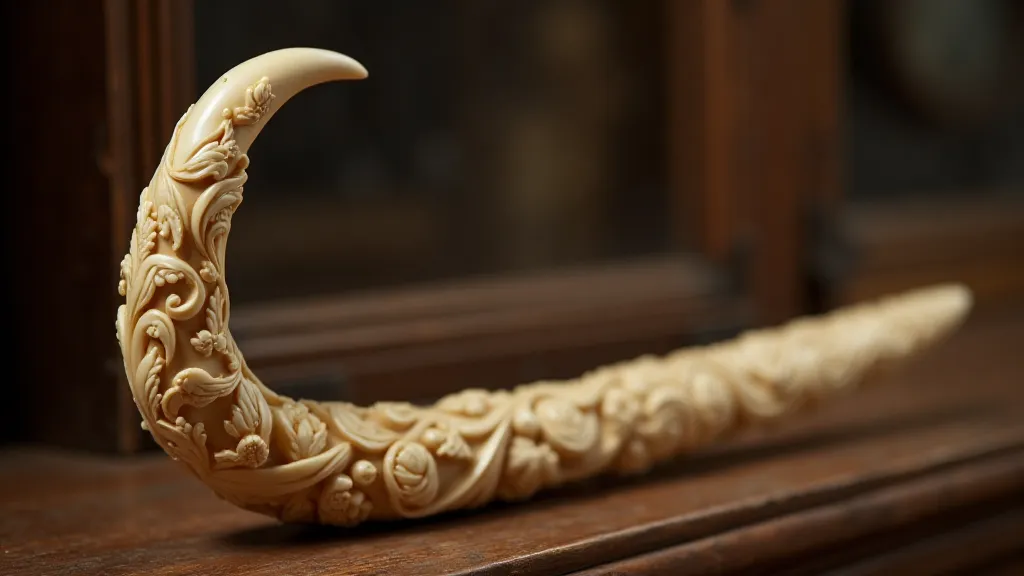
The Gift of Consideration: Personalization and Meaning
What truly sets Victorian shoehorns apart is the prevalence of personalization. Unlike many mass-produced items of the time, these were often bespoke creations, ordered from jewelers or silversmiths. Engraving became an art form, and a shoehorn offered a perfect canvas for a heartfelt message. Monograms were the most common inscription – the recipient’s initials, often intertwined with floral flourishes. But engravings extended beyond mere initials. Dates of significant events – births, engagements, anniversaries – were often incorporated, transforming the shoehorn into a lasting memento.
Imagine a young man presenting a silver shoehorn, engraved with his sweetheart's initials and the date of their first meeting. Or a mother gifting a carved bone shoehorn to her daughter on her wedding day. These weren't just practical items; they were symbols of enduring affection, carefully chosen and lovingly presented. The engraving wasn't just decoration; it was a declaration of sentiment.
The materials used further added to the significance. Ivory was a popular choice, prized for its smooth texture and ability to be intricately carved. Silver and other precious metals were used for those wishing to bestow a more lavish gift. Even the type of wood used – ebony, rosewood, or exotic imported varieties – signaled the giver's regard for the recipient. The enduring appeal of these objects has spurred interest in understanding their value among collectors, considering factors from materials to provenance.
Materials and Craftsmanship: A Testament to Skill
The quality of craftsmanship is remarkable when examining a vintage shoehorn. The carving, whether in ivory, bone, or wood, is often incredibly detailed, reflecting the skill of the artisan. Silver shoehorns might feature chased designs, delicate repoussé work, or even enamel inlays. The precision of the engraving is astonishing, requiring a steady hand and a keen eye. Many shoehorns have a subtle curve designed to make them more comfortable to hold and use.
The construction itself often involved multiple steps. The handle might be separately carved and then joined to a metal shank. The curvature of the horn was carefully considered for both aesthetics and practicality. Modern mass production techniques couldn't replicate this level of artistry and individual care. These weren't simply manufactured; they were created, imbued with the maker's expertise and the giver's intention. The stories attached to these objects are often as compelling as their physical beauty, prompting curiosity about which famous shoehorn owners throughout history might have treasured such heirlooms.
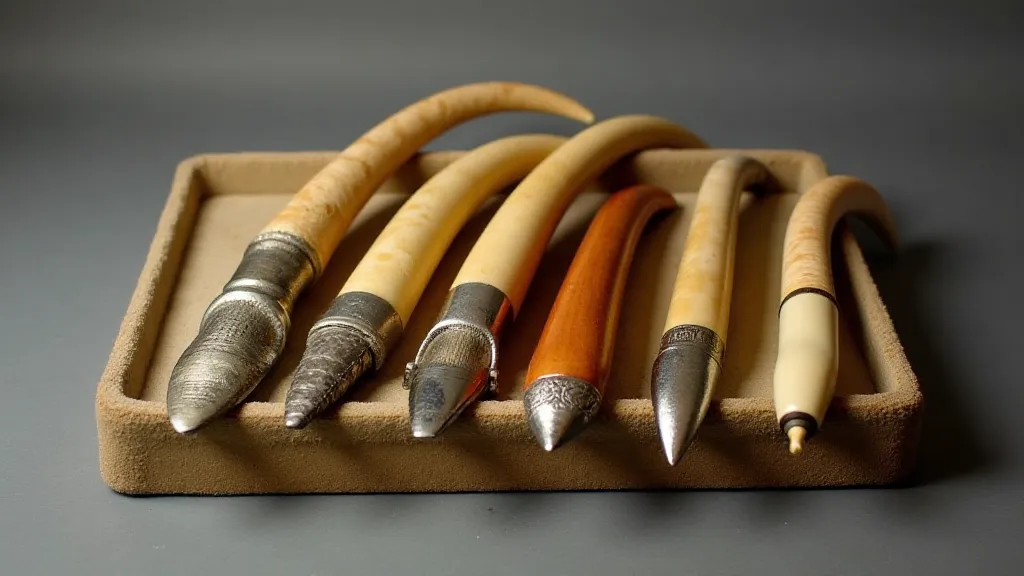
Collecting Today: Preservation and Appreciation
Today, collecting vintage shoehorns is a niche but rewarding pursuit. While not as widely recognized as other antique accessories, they offer a unique window into the Victorian era. Collectors seek out examples with particularly fine carving, elegant inscriptions, or unusual materials. The challenge lies in finding pieces that have survived the test of time and retain their original charm.
Restoration, when necessary, should be approached with caution. Cleaning should be gentle and non-abrasive. Re-engraving is strongly discouraged, as it diminishes the authenticity of the piece. The goal is to preserve the shoehorn’s history and character, allowing it to continue whispering its story to future generations.
Beyond the monetary value, however, lies a deeper appreciation for the artistry and sentiment embodied in these small objects. Holding a vintage shoehorn is like holding a piece of history – a tangible connection to a time of elegance, thoughtfulness, and enduring affection. It’s a reminder that even the simplest of objects can hold immense meaning and tell a silent, compelling story.
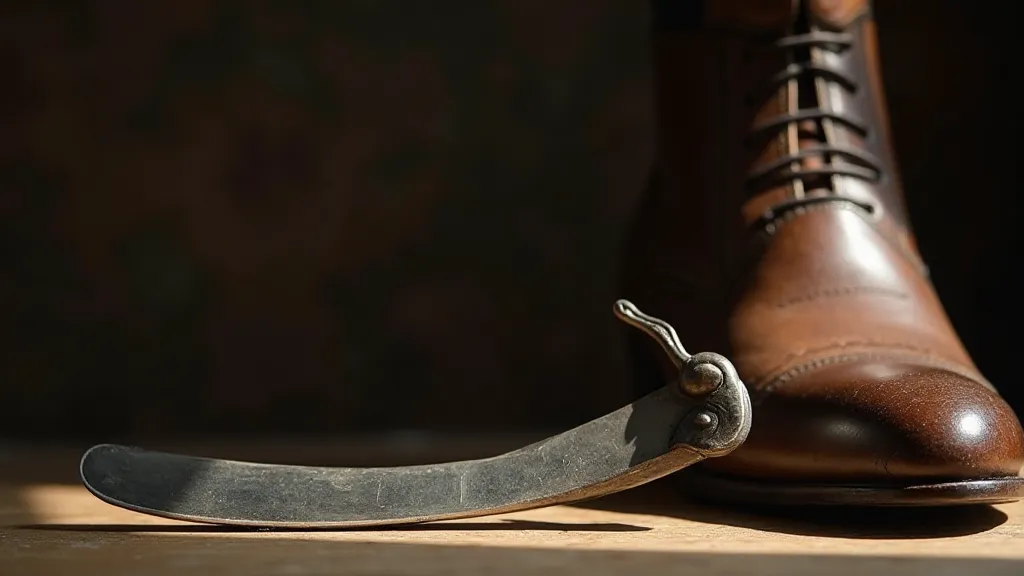
The growing interest in Victorian fashion and antiques has led to increased scrutiny of the materials used in these accessories. Ethical sourcing of ivory became a significant concern, leading to a decline in its use and a rise in alternative materials. Some collectors are particularly interested in rare variations and unusual features that distinguish a shoehorn from the commonplace. The journey of a shoehorn, from its creation to its eventual presence in a collector's hands, represents a fascinating microcosm of Victorian society and its values.
The rise of online marketplaces has made it easier than ever for collectors to connect and share their passion for vintage shoehorns. Online forums and social media groups provide a space for enthusiasts to discuss their finds, exchange knowledge, and learn from one another. This growing community is helping to preserve the legacy of these remarkable objects and ensure that their stories continue to be told for generations to come. For those new to the collecting hobby, there's a wealth of information available, including guides on authentication, grading, and care. The appreciation for vintage accessories like these often extends to a broader interest in historical artifacts and cultural heritage.
Ultimately, the true value of a vintage shoehorn lies not just in its monetary worth, but in the connection it provides to the past. It’s a tangible reminder of a time when craftsmanship, attention to detail, and thoughtful gift-giving were highly valued. By preserving and appreciating these small treasures, we can keep the stories of those who came before us alive.
